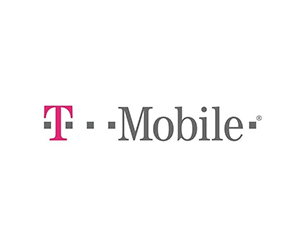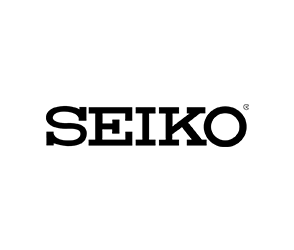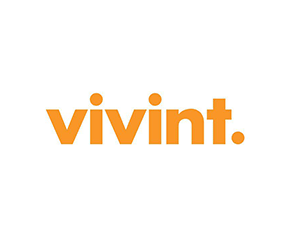Top Product Designer
They use a combination of technical skills, creativity, and a user-centered approach to ensure that products meet both business objectives and user expectations.
BRANDS THAT
TRUST DEVS.COM





How to Hire Rockstar Product Designers at Devs.com
Talk to our experts
One of our experts will discuss your requirements, your goals and the team dynamics needed to reach them
We will Hand pick candidates
Devs.com will then select the candidates that match the qualifications and requirements that you have provided
Work with a Top Product Designer
Within a week, we will have matched you with a top Product Designer that is on our network to work with your team
Looking for specific skills from a Product Designer?
You may need a certain combination of skills for your Product Designer. We will be able to help you search for the right person by tailor-fitting our search to match all the skillsets that you require.
What is a Product Designer?
A Product Designer is a professional responsible for the conceptualization, creation, and improvement of physical and digital products. Their role involves understanding user needs, market trends, and technological constraints to design products that are functional, aesthetically pleasing, and user-friendly. Product Designers collaborate with cross-functional teams, including engineers and marketers, to bring innovative and marketable products to fruition. They use a combination of technical skills, creativity, and a user-centered approach to ensure that products meet both business objectives and user expectations.
How do you become a Product Designer?
- Educational Background: Obtain a relevant degree in product design, industrial design, graphic design, or a related field to build foundational knowledge and skills.
- Build a Portfolio: Create a comprehensive portfolio showcasing your design projects, including personal and academic work, to demonstrate your skills and creativity to potential employers.
- Internships and Entry-Level Positions: Gain practical experience through internships or entry-level positions in design firms, companies, or agencies to apply theoretical knowledge in real-world scenarios.
- Master Design Tools: Become proficient in design tools and software such as Adobe Creative Suite, Sketch, Figma, or other industry-standard applications.
- Continuous Learning: Stay updated on design trends, emerging technologies, and industry best practices through continuous learning, attending workshops, and participating in design communities.
Skills Needed to be a Product Designer:
- User-Centered Design: Ability to understand and prioritize user needs, ensuring that designs are intuitive, user-friendly, and meet the requirements of the target audience.
- Sketching and Prototyping: Proficiency in sketching and creating prototypes to visualize design concepts and iterate on ideas.
- Technical Knowledge: Understanding of technical aspects and constraints, including materials, manufacturing processes, and technological considerations relevant to product design.
- Problem-Solving: Strong problem-solving skills to address design challenges and find creative solutions that balance aesthetics, functionality, and feasibility.
- Communication Skills: Effective communication skills to convey design concepts, present ideas to stakeholders, and collaborate with cross-functional teams.
- Collaboration: Ability to work collaboratively with engineers, marketers, and other stakeholders to ensure a cohesive and integrated design process.
- Color Theory and Typography: Knowledge of color theory and typography to create visually appealing and cohesive design elements.
- 3D Modeling: Proficiency in 3D modeling software (e.g., Rhino, SolidWorks) to create detailed and accurate product representations.
- Understanding of Market Trends: Awareness of market trends, consumer preferences, and industry developments to inform and inspire design decisions.
- Testing and Feedback: Skill in conducting usability testing and gathering feedback to iterate on designs and improve the overall user experience.


